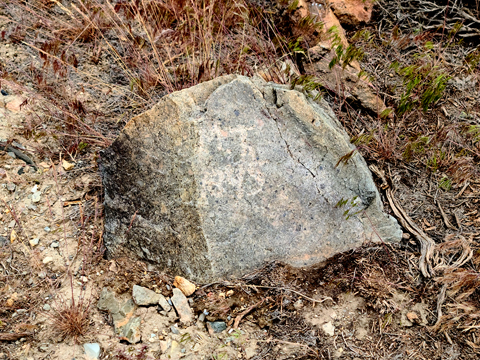Humboldt City
Louis Barbeau, a French trader, discovered silver in spring 1860. At the time, the area was hostile Paiute territory, but a peace treaty (the first in the region) was established by the end of the year and the Humboldt District was organized. A new townsite, known as Humboldt City, was platted in 1861 and by 1863 there were 500 people in town. An article from the Humboldt Register, May 2, 1863, gave this description of the town:
...a picturesque and beautiful village containing some 200 well-built houses, some of which are handsome edifices, and many beautiful gardens that attest the taste and industry of the inhabitants. A beautiful, crystal stream of water diverted from its natural course runs, a little babbling stream, through every street...Humboldt City contains two hotels, kept in good style, one the Coulter House, by Mr. and Mrs. Bailey Nichols, the other, the Iowa House, by Mr. and Mrs. Wilson; two saloons, one by Messrs. Sylvester & Helmer, gentlemen ready to argue or fight for their politics, or deal out red-eye to their numerous thirsty customers, the other by Messrs. Wilson & Coulter; one blacksmith's shop, by Daniels & Cooper, who will at any moment stop shoeing a refractory horse to spin a yarn; two stores with large and well-selected stocks of goods; four families(five or six more are on the road for this place) and children, chickens, pigs, and dogs enough to give the place a lively appearance.
Following 1864, silver production slowed and Humboldt City was deserted. The post office was finally closed on November 30, 1869.






















































